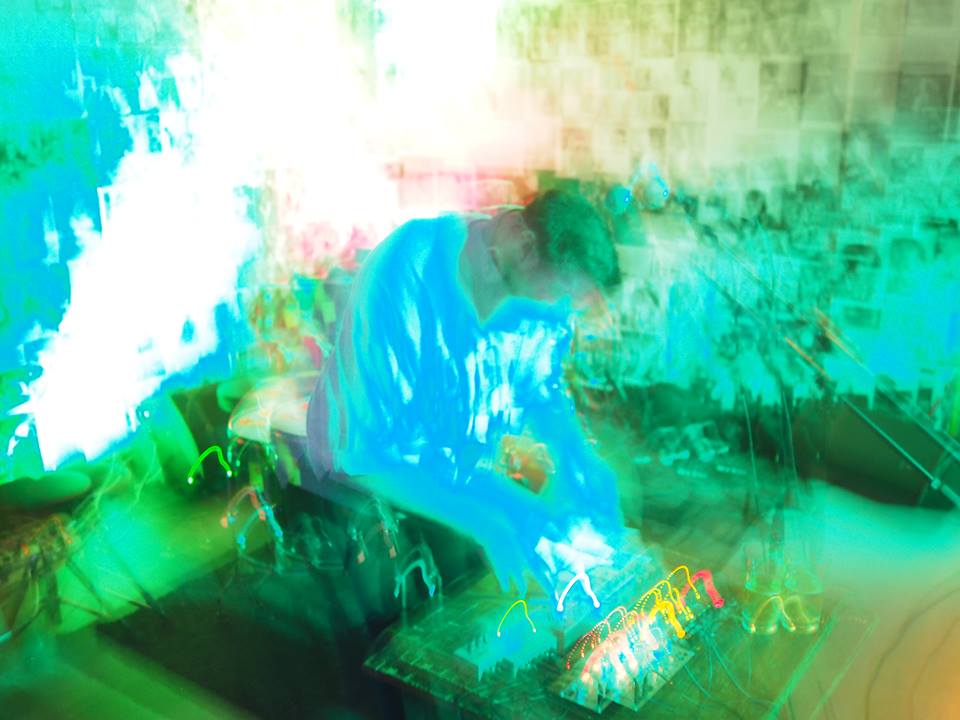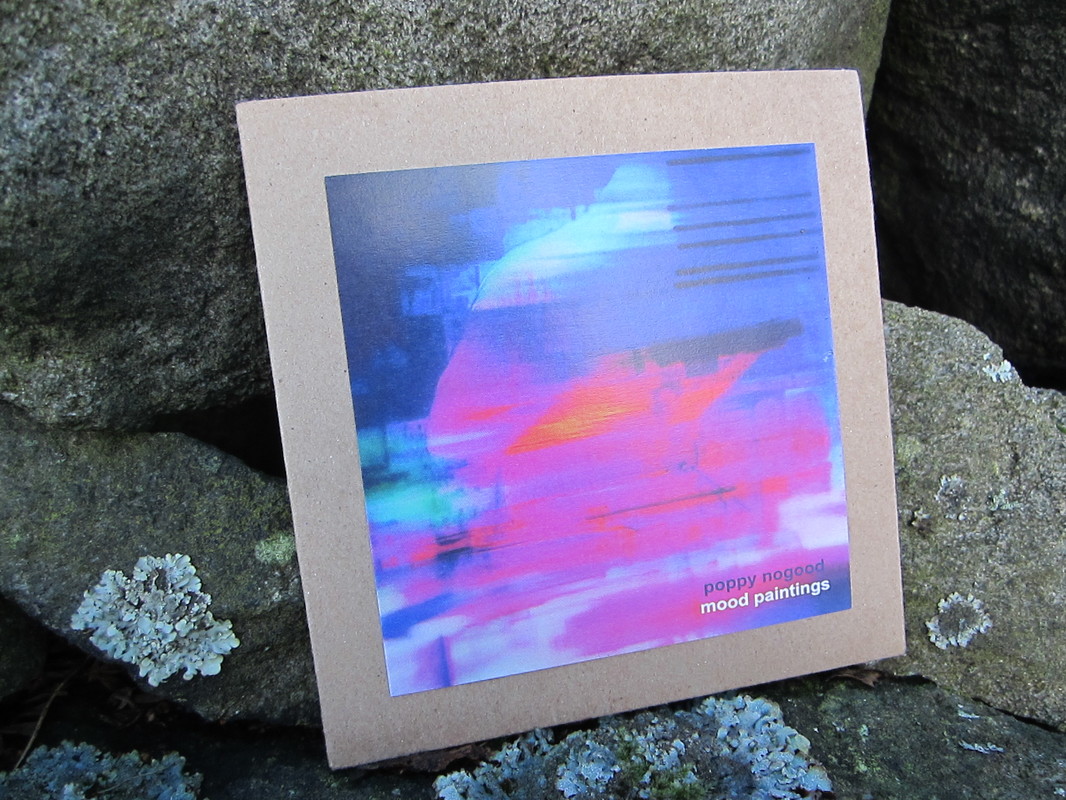Comments
mood paintings – a self-portrait in four parts
Improvised as snapshots of hope, ecstasy, turmoil and longing, New York composer Poppy Nogood’s new album mood paintings aims to be a self-portrait in four parts. We caught up with Poppy to talk about the concept behind the new album and how he went about composing the album.

Poppy Nogood: mood paintings is a self-portrait in four parts – snapshots of hope, ecstasy, turmoil and longing. These pieces are distinctly more lengthy and spacious than those of my previous album Music for Mourning. Each movement is a space to live in, a world to breath. These compositions are a temporal extension of feelings felt at one particular moment, an enduring document of the ephemeral. The narrative arc of mood paintings is a tale of cyclical rebirth, mirroring the nature of self-reflection.
My inspirations for this album are numerous, but I've certainly been listening to plenty of William Basinski, Lawrence English, Pauline Oliveros, Sean McCann, Labradford (and other early Kranky records), The Necks, Bing & Ruth and Gustav Mahler.
All these artists have mastered the art of depicting a static centre structure and a dynamic exterior, which is perhaps the most essential aspect of this work.
As with all of your work, the titles of the pieces are instrumental to the concept of the album. Could you talk us through them?
Yes, sure. “the light hits your eyes_i blink” is the awakening, the sun rises. The rays hit your eyes. Our waves entrain with each other; we shimmer. At its peak, we decline, melting into a pool of amber.
“last gasp” is stasis. We are drowning in violet. Each gasp more violent, more treacherous. Our surroundings move, but we repeat the same cry. The sea takes us. We explode. We resign.
“treading” is the second awakening, the third birth. We bubble to the surface. We move forward, but our surroundings are cement. The cycle grows more furious. Midnight gives way to lust. We fight.
“hold me like you do the sun” is the end & the beginning. I don’t remember you yet, but I long for you still. A landscape of dim magenta hums, growing brighter. I remember the light. It rains.
Could you talk us through how you went about composing the album?
The composition process here was similar to Music for Mourning, with each piece starting life as a recording of an improvisation or rough sketch.
While “the light hits your eyes_i blink” was actually entirely based around the piano, the first half consisted of guitar improvisations I recorded on top of the piano. However, I later decided it was all a bit too much, so I split it in two and reached out to friends to add to the second half. For my friends, I devised scores that resembled maps of notes with arrows in between them, possible notes to drone on and possible pathways to continue on. In this way, the performers had choice over the direction of the piece, while I still retained control over which notes could be played.
“last gasp” was again based around the piano. It begins with a tremolo minor 7th, the “breath”. As each “breath” proceeds, the minor 7th’s extend outwards from the centre, growing more vast and lasting for longer durations until the large climax roughly two-thirds into the piece. For the last third, the “breath” ascends.

“treading” was the most “traditionally” composed piece. Again, I started with piano, in a very simple ABAB form. I came up with the A and B sections very sporadically on piano and recorded them straight away – and then layered everything else on top. I don’t have any drums so I banged on a can with a pencil!
“hold me like you do the sun” was based around a bowed vibraphone improvisation. This vibraphone is practically indecipherable in the final recording, but it’s there! As with everything else, I improvised and layered. Alex was given no direction except to improvise. The rain at the end is a field recording from Governor’s Island, NYC.
Finally, what’s next for Poppy Nogood?
To be honest, I’m not quite sure. My projects tend to materialise spontaneously and without too much planning. I do hope to unveil a house/techno project in the coming months, as well as continue exploring long-form ambient pieces. In the meantime, I am playing many gigs around NYC and collaborating with various musicians and dancers. Stay tuned!
mood paintings is released on February 6.
